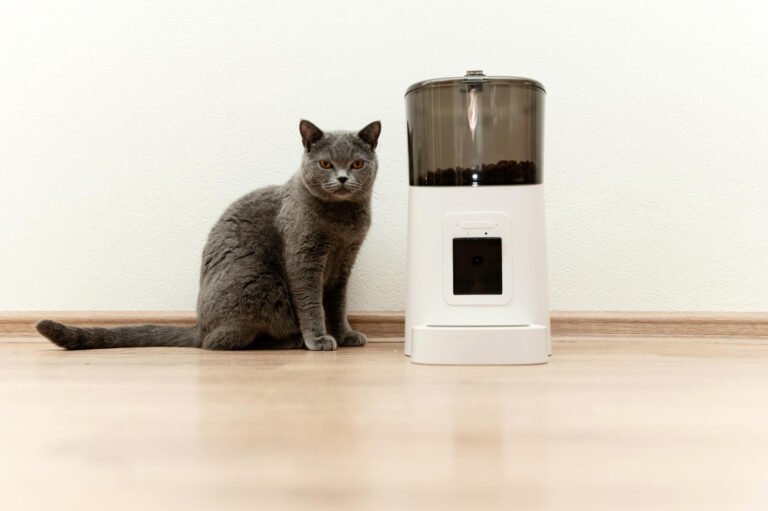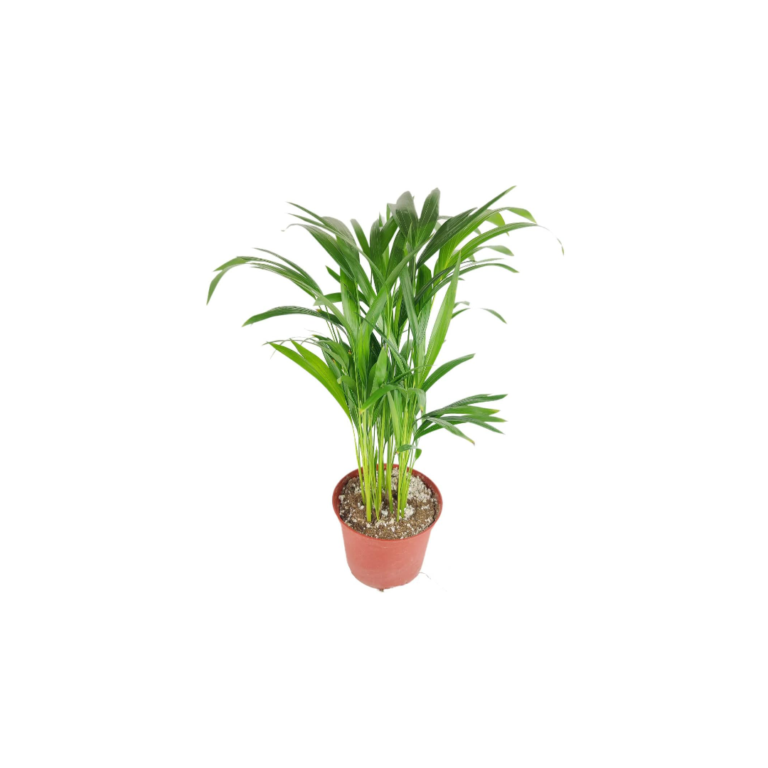Integrating New Pets: Ensuring a Smooth and Stress-Free Introduction
Integrating a new pet into your home can be an exciting but challenging process. Ensuring a smooth and stress-free introduction is essential for the well-being and harmony of all pets involved. By following these key takeaways, you can create a positive environment, manage expectations, address potential challenges, prepare your home, introduce the new pet to existing pets, and establish a routine for the new pet.
Key Takeaways
- Create a positive environment for the new pet
- Manage expectations of all pets involved
- Address potential challenges
- Prepare your home for the new pet
- Introduce the new pet to existing pets gradually
Understanding the Importance of a Smooth Introduction

Creating a Positive Environment
When introducing a new pet to your home, it’s essential to create a positive environment that promotes a smooth transition. This means providing a safe and comfortable space for your new pet to explore and settle into. Environmental enrichment is key to helping your pet adjust to their new surroundings. You can offer puzzle toys, scratching posts, interactive play, and climbing trees for your cat, and puzzle toys, playtime, scent games, and regular exercise for your dog. By keeping both pets mentally and physically engaged, you can reduce the likelihood of destructive behavior and increase the likelihood of a positive relationship. It’s also important to give each pet individual attention to meet their species-specific needs. This can include quality time, interactive play, and affection. If you encounter difficulties during the introduction process or managing behavior, seeking professional help from a canine behavior consultant or positive reinforcement trainer can be beneficial.
Managing Expectations
When introducing a new pet to your existing pets, it’s important to manage your expectations and understand that the process takes time. Each pet is unique and may react differently to the introduction. It’s crucial to be patient and allow them to adjust at their own pace. Remember, the goal is to create a harmonious environment where all pets feel comfortable and safe. By following the right steps and introducing them at the right times, you can increase the chances of a successful integration.
Addressing Potential Challenges
When introducing a new pet to your home, it’s important to be aware of potential challenges that may arise. Cats and dogs can be very territorial, and the introduction of a new companion animal can be stressful for both animals. To avoid conflicts over territory, create separate spaces for each pet. This will give them the opportunity to retreat to their own space when they need a break. Additionally, some dogs may exhibit resource guarding behavior, where they guard their food, toys, or humans. It’s important to address this behavior through positive reinforcement training and seeking professional help if needed. Monitoring your pets’ health and behavior is also crucial during the introduction process. Look out for signs of stress or anxiety, such as changes in eating habits or unusual behavior. If these signs persist, consult with a veterinarian. Remember, patience and understanding are key to ensuring a smooth and stress-free introduction for your new pet.
Preparing Your Home for the New Pet

Designating Safe Spaces
When introducing a new pet to your home, it’s crucial to designate safe spaces for both your new pet and your existing pets. For your new dog, it’s important to provide a separate safe space where she can relax and feel secure. This can be a spare bedroom or bathroom where you can lock the door. Make sure to provide all the necessary resources in this space, such as a food bowl, water bowl, cozy bed, puppy pads, toys, and safe chewies. On the other hand, your cat should have access to all her usual resources in a separate area of the home. This includes her favorite cat food, fresh water, litter box, scratching post, toys, bedding, a hiding place, and some vertical space. Each area should be out of reach from the other pets to prevent any potential conflicts or stress. By creating these designated safe spaces, you are ensuring that each pet has their own retreat where they can feel comfortable and secure.
Removing Hazards
Before you see any signs of fear, stress, or over-excitement in either pet, make sure they are easily accessible. For example, a food bowl, water bowl, cozy bed, puppy pads, toys, and safe chewies. Your cat meanwhile, should have access to all her usual resources, including her favorite cat food, fresh water, litter box, scratching post, toys, bedding, a hiding place (a cardboard box is ideal), and some vertical space (like a high shelf or a cat tree) in a separate area (or areas) of the home. Each area should be out of each other’s reach to minimize the risk of any conflict arising. The main priority is to make sure both animals feel safe. If they feel safe, then they can relax. If they
Introducing Familiar Scents
Once your new pet feels comfortable and safe in their designated space, it’s time to introduce them to the scents of your existing pets. Scent swapping is a valuable technique that helps create a sense of recognition and reduces potential anxiety, fear, or aggression during their first meeting. You can do this by swapping bedding or blankets between the new pet and the existing pets’ areas every day or two. Another method is to rub a cloth on one animal and then present it to the other, allowing them to sniff and become accustomed to each other’s scent. This gradual introduction through scent will help your pets start to learn about each other and establish a positive association. Visual contact is also important in the introduction process. After a few days of scent swapping, you can allow controlled visual interactions between the pets. This can be done by letting your new pet explore the existing pets’ room while they are out for a walk or a break. Monitoring their reactions and providing positive reinforcement will help them feel more comfortable and build a foundation of trust.
Introducing the New Pet to Existing Pets

Gradual Introduction
Introducing a new pet to your existing furry family members can be a delicate process that requires patience and careful planning. Gradual introduction is key to ensuring a smooth and stress-free transition for everyone involved. By taking it slow and allowing your pets to adjust at their own pace, you can minimize the risk of conflicts and help them build positive relationships.
One important step in the gradual introduction process is to create a safe and controlled environment for the initial interactions. This can be done by using a barrier, such as a baby gate or a screen door, to separate the new pet from the existing pets. This allows them to see and sniff each other without direct physical contact, which can help them become familiar with each other’s scent and presence.
To further facilitate the introduction, you can implement a gradual physical interaction. Once both animals are consistently remaining calm when they see each other through the barrier, you can allow them to get close enough to sniff each other. This can be done by creating small openings in the barrier or using a mesh screen that allows for controlled interaction.
It’s important to closely monitor their behavior during these initial interactions. Look for signs of stress or aggression, such as hissing, growling, or raised fur. If any signs of aggression occur, it’s crucial to intervene and separate the pets to prevent any potential fights. Gradually increase the duration of these interactions as long as both pets remain calm and comfortable.
Remember, the goal of the gradual introduction process is to create a positive and stress-free environment for all pets involved. By following these steps and allowing your pets to adjust at their own pace, you can increase the chances of a successful integration and a harmonious furry family.
Supervised Interactions
During the introduction process, it is crucial to closely supervise the interactions between your new pet and existing pets. This will reduce the likelihood of destructive behavior and increase the likelihood of a positive relationship. Keep in mind the cat’s needs and ensure that both pets are given individual attention to meet their species-specific needs. This can include quality time, interactive play, and affection. Gradual physical interaction can be introduced once both animals are consistently remaining calm when they see each other. You can allow them to get close enough to sniff each other through a barrier. Eventually, you’ll be able to allow them to have physical contact. It is important to create a calm and controlled environment during these interactions to keep everyone secure and minimize stress levels. Remember, this is a long-term process, so take your time and set your pets up for success.
Positive Reinforcement
Positive reinforcement is a highly effective training method that focuses on rewarding desired behaviors rather than punishing unwanted ones. By using positive reinforcement, you can encourage your new pet to exhibit good behavior and build a strong bond with them. This training technique involves providing rewards, such as treats or praise, whenever your pet behaves in a desirable way. Benefits of CBD oil for cats can also be explored as a natural supplement to promote relaxation and reduce stress during the introduction process. It’s important to be consistent and patient when using positive reinforcement, as it may take time for your pet to understand and respond to the training. Remember to always use positive reinforcement techniques and avoid any aversive training methods that can cause fear or pain.
Establishing a Routine for the New Pet

Feeding and Exercise Schedule
During the transitional period, it’s important to provide a consistent routine for both your cat and your rescue dog, including feeding times, litter box cleaning/toilet breaks, and playtimes. This will help them feel safe, secure, and more in control of their environment. Familiar routines can greatly ease the stress of a new environment. If possible, bring along old toys, beds, and other items that smell like home to provide comfort. It’s best to feed your pets in separate areas, provide multiple water and food bowls, and give them each their own bed. Prey Drive And Chasing Behavior. Some dogs have a strong prey drive and may chase your cat, which can be dangerous for the kitty. Not to mention, highly stressful. To prevent chasing, you can redirect your dog’s focus by calling her name or throwing a toy or treat in another direction. You can also keep a hold of your dog’s leash to keep her under control. By keeping both pets mentally and physically engaged, you can reduce the likelihood of destructive behavior and increase the likelihood of a positive relationship. It’s important to give each pet individual attention to make sure their species-specific needs are met. This can include quality time, interactive play, and affection. Seeking Professional Help. If you are encountering difficulties in the introduction process or if your pets are showing signs of aggression or extreme stress, it may be beneficial to seek professional help from a certified animal behaviorist or trainer. They can provide guidance and support to ensure a smooth and successful integration of your new pet into your household.
Training and Socialization
Training your rescue dog is essential for their successful integration into your home. Positive reinforcement training methods are highly recommended to ensure that your dog becomes a well-mannered and happy member of your family. This includes teaching basic manners, such as ‘sit,’ ‘stay,’ ‘stop,’ ‘come back,’ and ‘leave it,’ which will help you better control the environment and manage interactions safely. It is also important to socialize your dog with other dogs and people at their own pace. If you encounter any specific behavior issues, consider seeking help from a positive reinforcement dog training professional. By providing appropriate training and addressing any challenges, you can help your rescue dog overcome stress and adjust to their new home.
Creating a Comfortable Sleeping Area
Once you have designated a comfortable sleeping area for your new pet, it’s important to ensure that it meets their needs and provides a sense of security. Cats, in particular, require a quiet and secluded space where they can retreat to when they need some alone time. Consider providing a cozy bed or blanket in a secluded corner of your home where your cat can relax and feel safe. For dogs, a comfortable dog bed or crate with soft bedding can provide them with a cozy spot to rest and sleep.
To make the sleeping area even more inviting, you can add familiar scents, such as a blanket or toy that smells like their previous home. This can help your new pet feel more at ease in their new environment. Additionally, ensure that the sleeping area is free from any potential hazards or distractions that could disturb their sleep.
Remember, creating a comfortable sleeping area is essential for your new pet’s well-being and can contribute to a smooth and stress-free transition into your home.
Establishing a Routine for the New Pet
Conclusion
Integrating new pets into your home can be a smooth and stress-free process with the right approach. By following these tips, you can create a comfortable and welcoming environment for your pets. Preparing them for the move, maintaining familiar routines, and gradually introducing them to the new environment are key steps. Additionally, keeping an eye on their health and behavior, and engaging with local pet-friendly resources can help them adjust and thrive. Remember, patience and consistency are essential in ensuring a successful integration. With time and proper care, your new pets will feel right at home.
Frequently Asked Questions
How can I create a positive environment for the new pet?
Creating a positive environment for the new pet involves designating safe spaces, removing hazards, and introducing familiar scents.
What should I expect when introducing a new pet to existing pets?
When introducing a new pet to existing pets, expect a gradual introduction, supervised interactions, and the need for positive reinforcement.
How can I prepare my home for the new pet?
Preparing your home for the new pet includes designating safe spaces, removing hazards, and introducing familiar scents.
What should I do if my pets show signs of stress or anxiety?
If your pets show signs of stress or anxiety, consult with a veterinarian for guidance and support.
How can I establish a routine for the new pet?
To establish a routine for the new pet, create a feeding and exercise schedule, provide training and socialization, and create a comfortable sleeping area.
What are some potential challenges when integrating new pets?
Some potential challenges when integrating new pets include territorial behavior, resource guarding, and compatibility issues.







